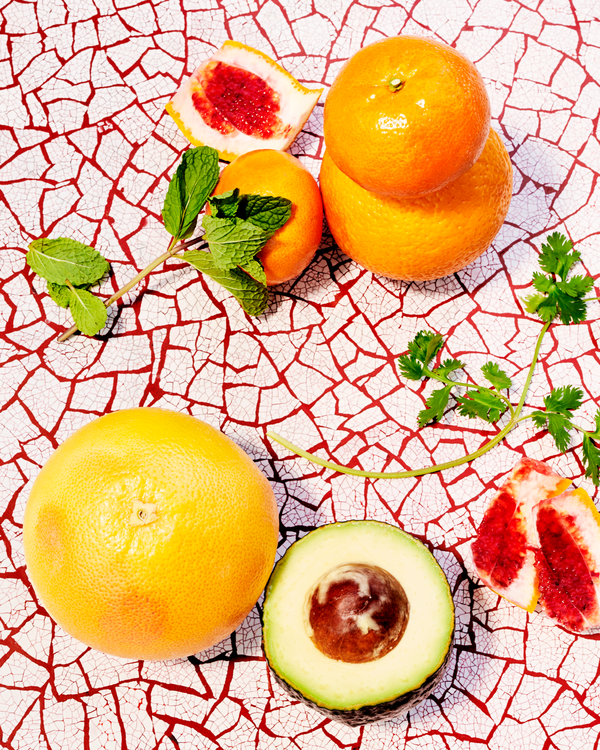For a while, my job was to make French fries at a restaurant in Fairfax County, Va. I did nothing else. I peeled big potatoes and dropped them in water, my hands slippery with starch. When I had enough potatoes, I carried them to the ancient fry-cutting machine, a cast-iron relic of the 1960s, and, putting the weight of my entire body on the lever to bring it down, I crushed them one at a time. In went a potato, out came a dozen or so perfectly thick batons with sharp, square edges. I deep-fried the pieces, then spread them out, floppy and pale, in a single layer on a sheet pan and tucked them back in the fridge. When someone ordered fries, I cooked the pieces again. Finally, finally, the outside got brown and crisp, the insides tender, like mashed potatoes. While they were hot, I tossed the fries with salt, and sometimes they were perfect.
I love fries, and I know how to make them well, but I will never, ever make fries at home. It’s a process, and it’s one of those things best ordered in a restaurant with a kitchen in the rhythm of it, a kitchen repeating the technique again and again so that it has a certain command over it — the quality of the potatoes, the temperature of the oil, the time immersed in it. Besides, why bother when there are so many better-at-home dishes? You know, the dishes you can make faster and more satisfying precisely because you’re in the comfort of your own kitchen and only making one big plate of the stuff. A basic roast chicken, for example. Or brownies, pried right out of the pan. Meatballs. Or a simple citrus salad. It always sounds promising on a menu, but ask for a citrus salad when you’re out, and it’s almost always the same problem: a desolation of Cara Cara oranges. In the dead of winter, citrus is our one big zap of color and sugar, and we deserve it in excess. But at a restaurant, even in California, I find I’m lucky to get a few skimpy segments hiding under relatively boring greens. It is rarely enough fruit to reconstruct even half a single orange. It’s an indignity.

A one-citrus salad is tedious, and the first step is just to acquire a nice variety: blood oranges, Murcott tangerines, navels and maybe even a grapefruit or two.CreditPaola & Murray for The New York Times. Food stylist: Maggie Ruggiero. Prop stylist: Angharad Bailey.
So I’ve given up on restaurants, and I make the salad at home the way it should be — big and meaty and piled on a platter, full of many kinds of whole citrus. Don’t skimp! A one-citrus salad is tedious, and the first step is just to acquire a nice variety: blood oranges, Murcott tangerines, navels and maybe even a grapefruit or two. Scan the aisles for different colors, sizes, shapes. Different levels of acidity and sweetness. You could cut the fruit into supremes, as so many restaurants do, peeling the fruit and then slipping each segment from the membrane. But this technique can waste quite a lot of fruit. So instead, peel the fruit carefully, with a very sharp knife so as not to squash and juice it, and get off as much pith as possible without shaving off valuable fruit. Then just slice it.
A Sicilian-style citrus salad is one way to go from here, the fruit tingling with red-wine vinegar, crunchy with fennel and onion. But to make it even more savory, reach for good fish sauce made from salted, fermented anchovies. Mixed with a little sugar and vinegar, it becomes a rich, salty dressing that brings out even more dimension in the fruit. There’s no need for oil in this kind of dressing, but the salad does want something a little fatty, like chopped ripe avocado. Throw in some fresh green herbs and crushed peanuts, and you’re done. It’s spectacular. It’s as it should be. And once you’ve cleaned the plate, you can tip it back and slurp all the juices — another one of those moves that might be easier at home.




